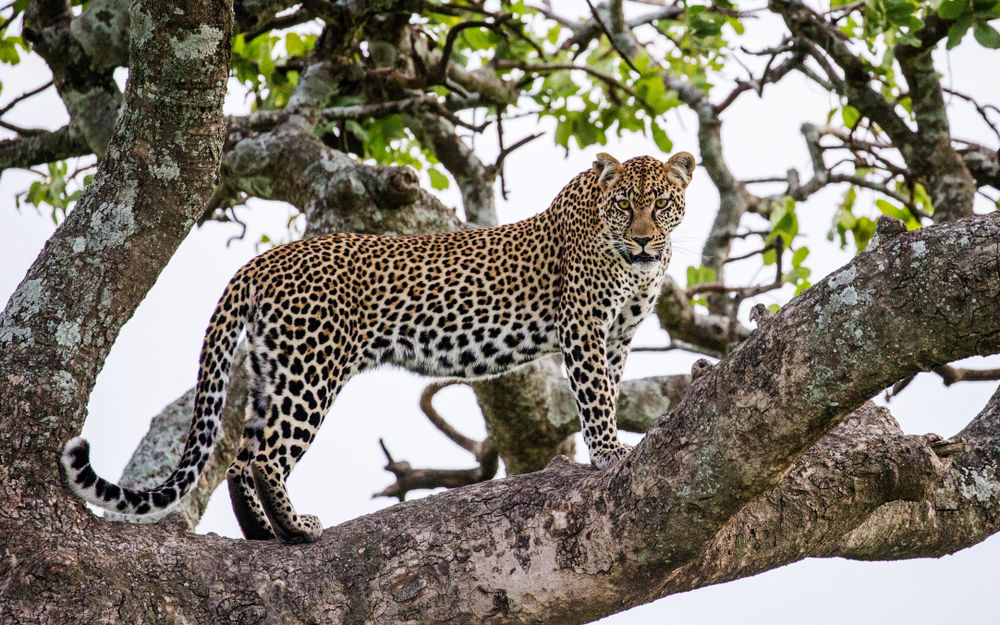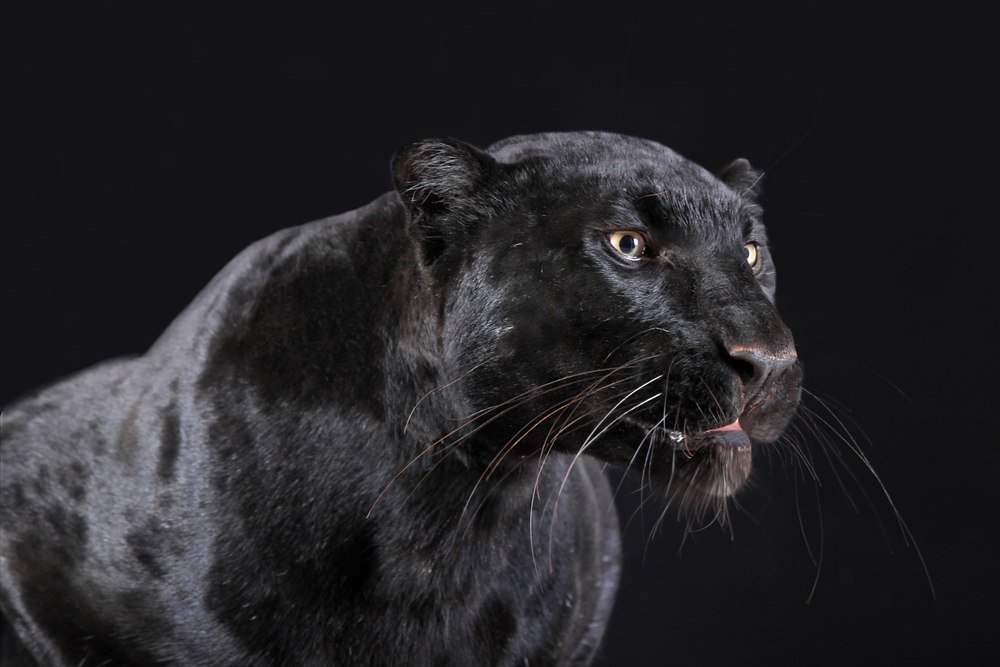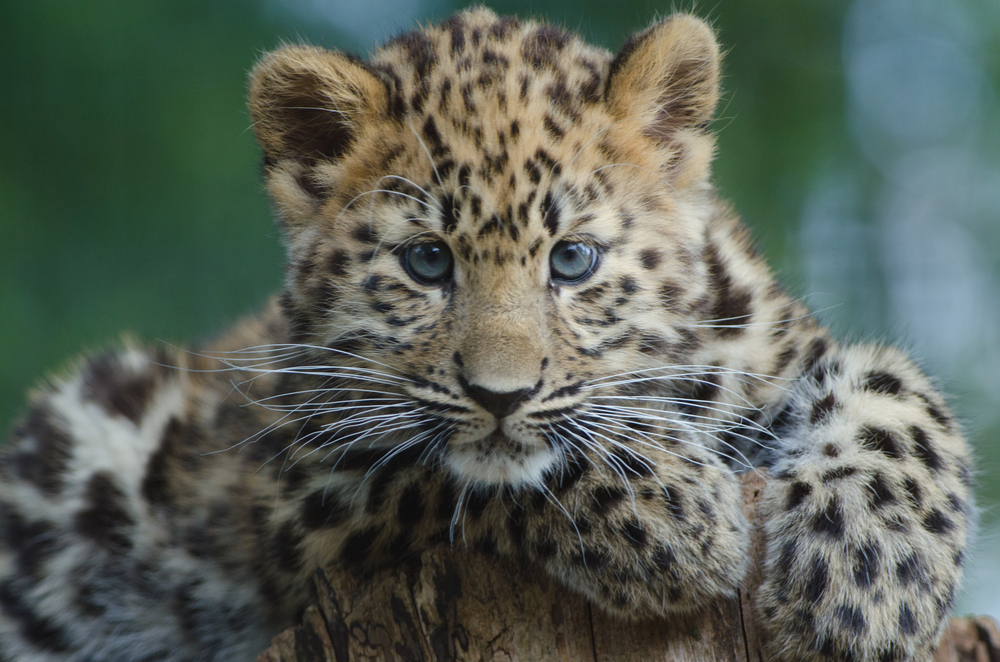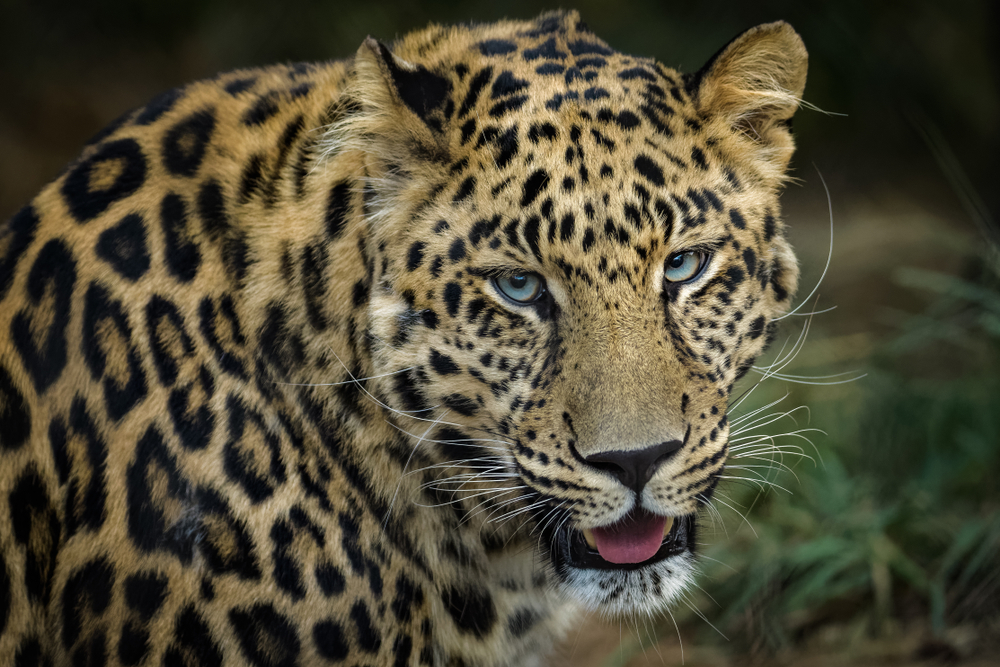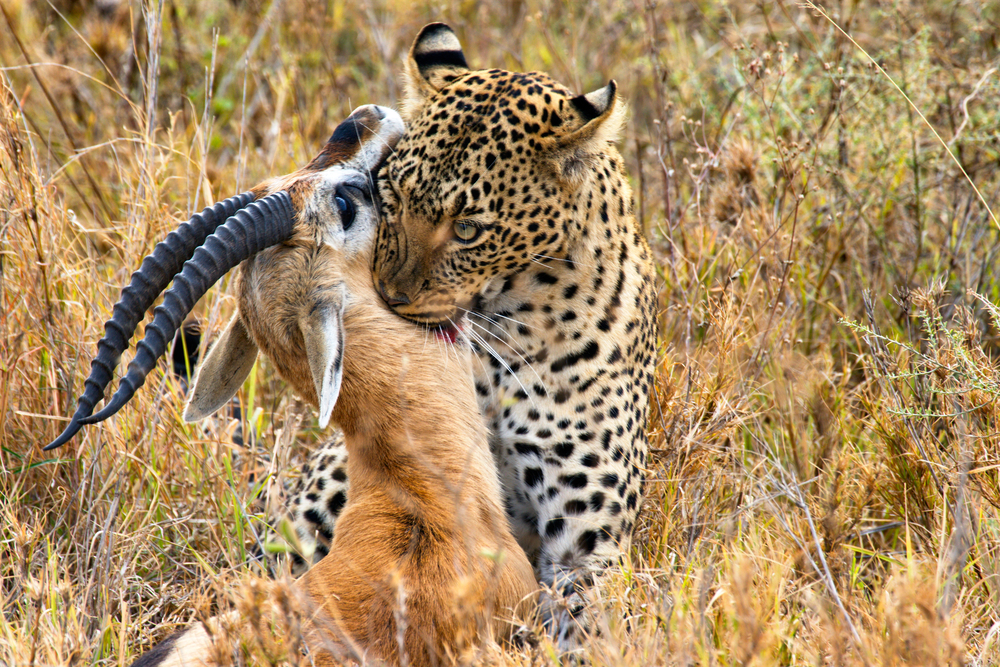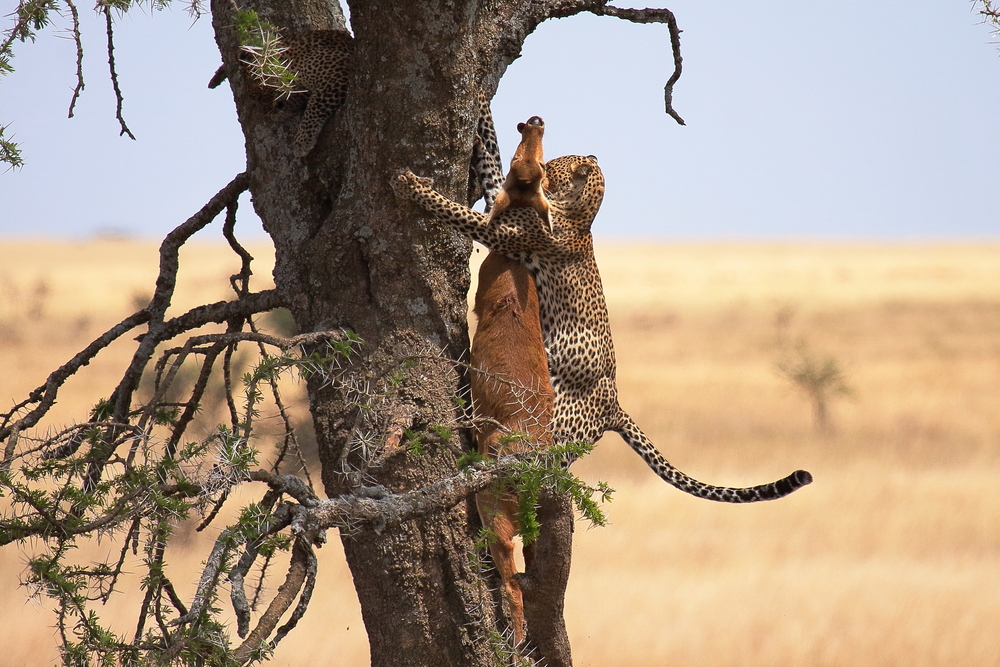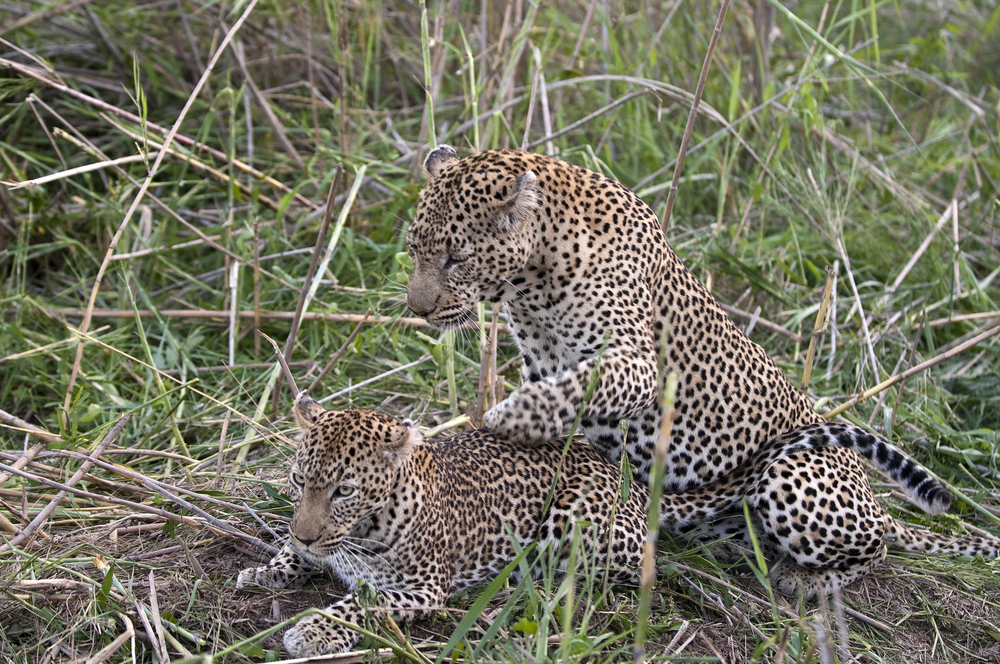Leopards and jaguars are both large, powerful big cats, but they have several differences:
- Geographic Range:
- Leopards are found in Africa and parts of Asia, including India, Sri Lanka, China, and Southeast Asia.
- Jaguars are primarily native to the Americas, particularly in rainforests of Central and South America, including the Amazon Basin.
- Physical Appearance:
- Leopards are known for their golden-yellow coats covered in rosettes (ring-shaped spots). The rosettes are smaller and denser than those of jaguars, and their coats appear more golden or pale.
- Jaguars have larger, more open rosettes with spots in the center. Their coats vary in color from a tawny yellow to reddish-brown and even dark melanistic (black) forms. The melanistic jaguars are often referred to as “black panthers.”
- Body Size:
- Jaguars are more robust and stocky in build, with shorter legs. They are among the most powerful big cats, and their strength is adapted for climbing and swimming.
- Leopards are more slender and agile, with longer legs, making them skilled climbers and capable of carrying their prey into trees to protect it from scavengers.
- Habitat:
- Leopards are highly adaptable and can be found in a variety of habitats, including savannas, grasslands, forests, and mountains.
- Jaguars prefer dense, tropical rainforests and are often associated with riverine habitats.
- Behavior:
- Leopards are known for their secretive and solitary behavior, and they are often seen as elusive cats.
- Jaguars are more territorial and may have overlapping territories with several individuals.
- Vocalizations:
- Both leopards and jaguars can make a range of vocalizations, including growls, roars, and chuffing sounds, but the vocalizations of jaguars are typically deeper and more powerful.
- Conservation Status:
- The conservation status of both species varies by region, but generally, jaguars are considered near threatened, while leopards are listed as vulnerable by the International Union for Conservation of Nature (IUCN) due to habitat loss and poaching.
While these differences exist, there can be variations within both species, and it’s important to consult field guides or wildlife experts for specific information on leopards and jaguars in different regions.




































































